LETC 2017 “Better Equipped. Better Prepared.”
What Makes a Professional Firearms Instructor?
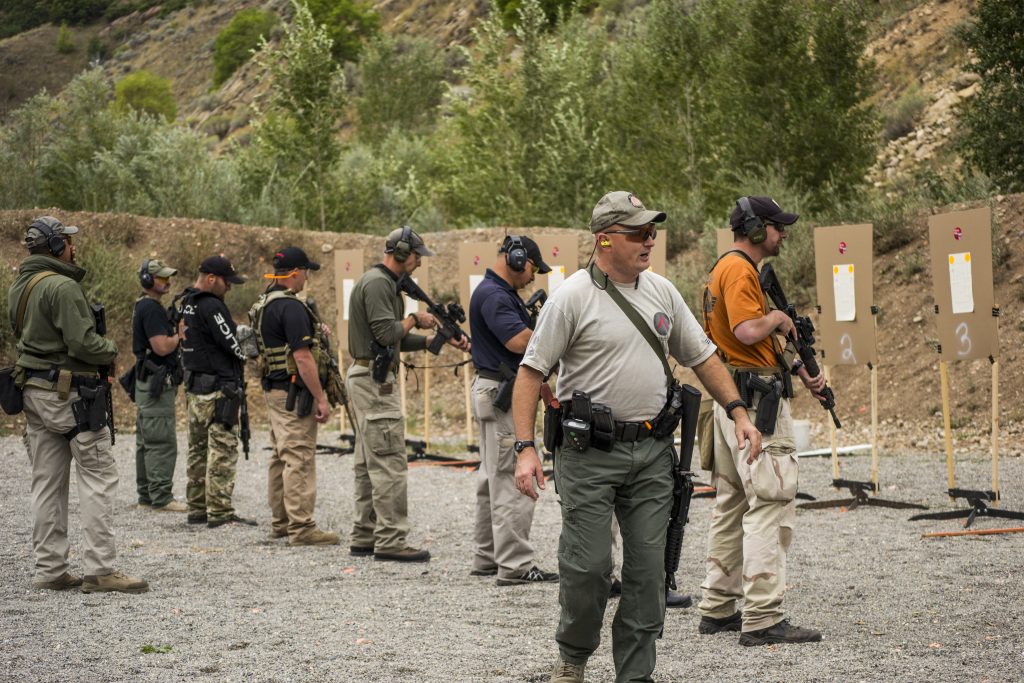
By Dave Staskievicz Editor’s Note: Action Target has republished this article in its entirety with the permission of the author. Ideas, comments, practices, recommendations, etc. are the author’s own and do not necessarily represent those of Action Target. There are so many different types of “firearms instructors” that it’s virtually impossible to give a standardized answer […]
Action Target Law Enforcement Training Camp a Huge Success
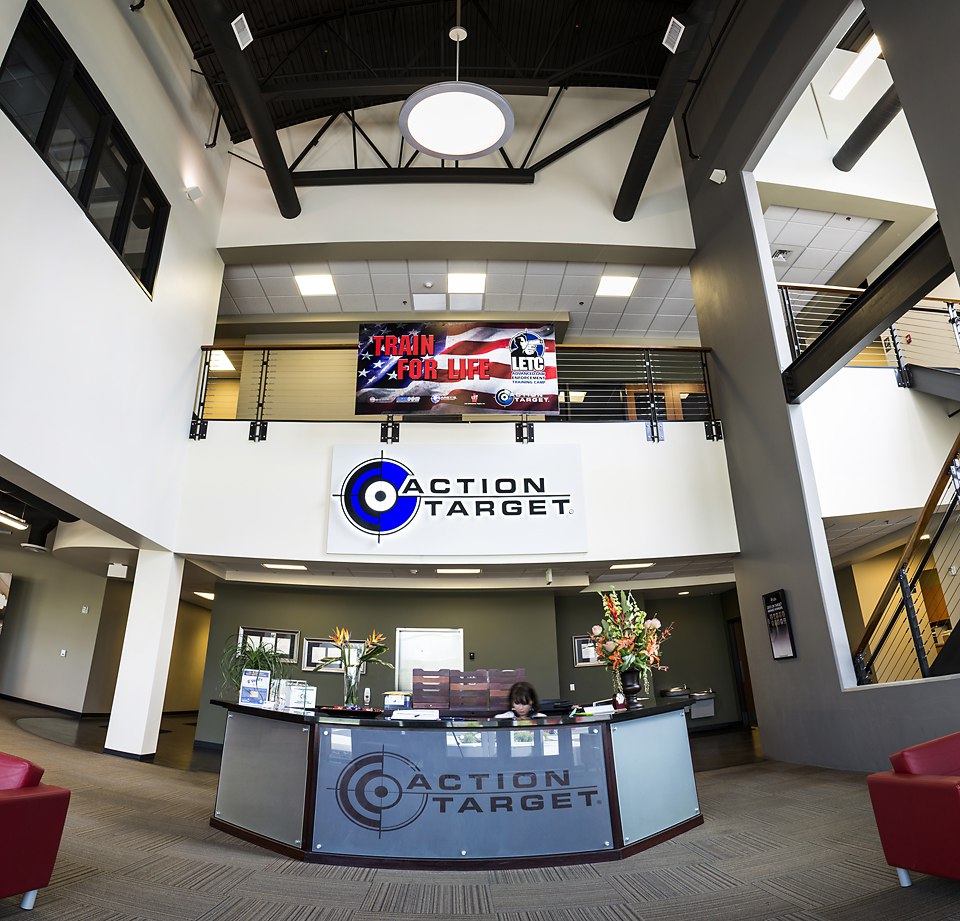
Action Target’s annual Law Enforcement Training Camp ended Friday as instructors and trainees parted ways after another year of advanced firearms training. This year’s LETC was attended by 128 law enforcement officers and firearms instructors from across the country and the world. Nearly 20 states were represented with officers from Hawaii and California to Florida and Pennsylvania. […]
LETC 2013: A Week of Advanced Firearms Training
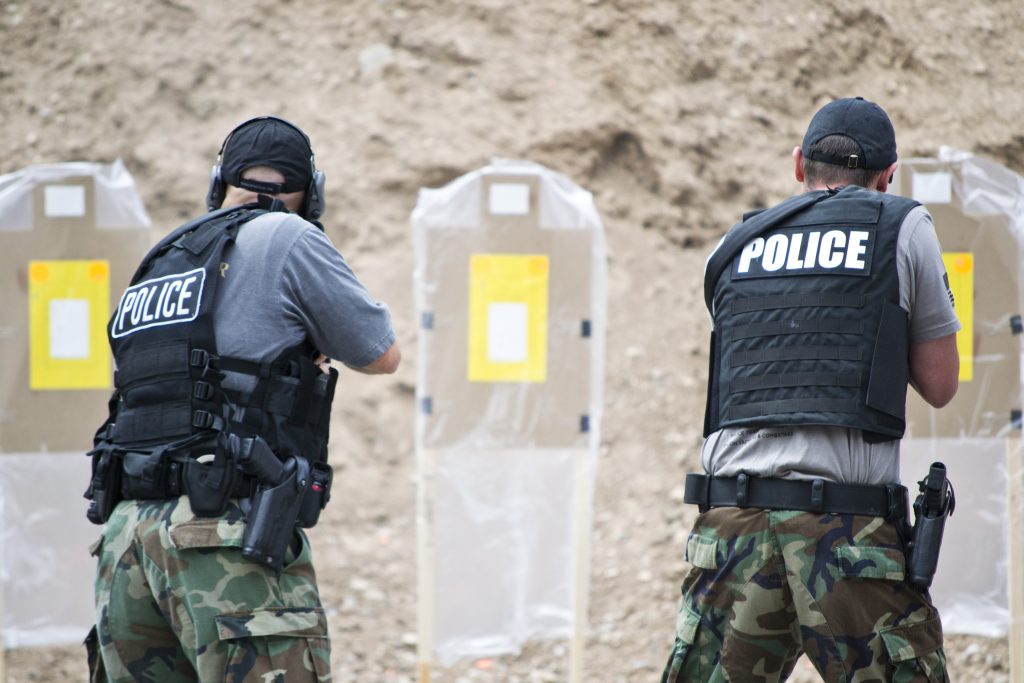
With so many lives on the line, proper law enforcement firearms instruction is absolutely crucial to any police department’s ongoing training efforts. That is why Action Target has hosted its Advanced Law Enforcement Training Camp (LETC) for more than 20 years. This September, from the 9th to the 13th, marks another year as law enforcement […]
Keys to a Successful Shot
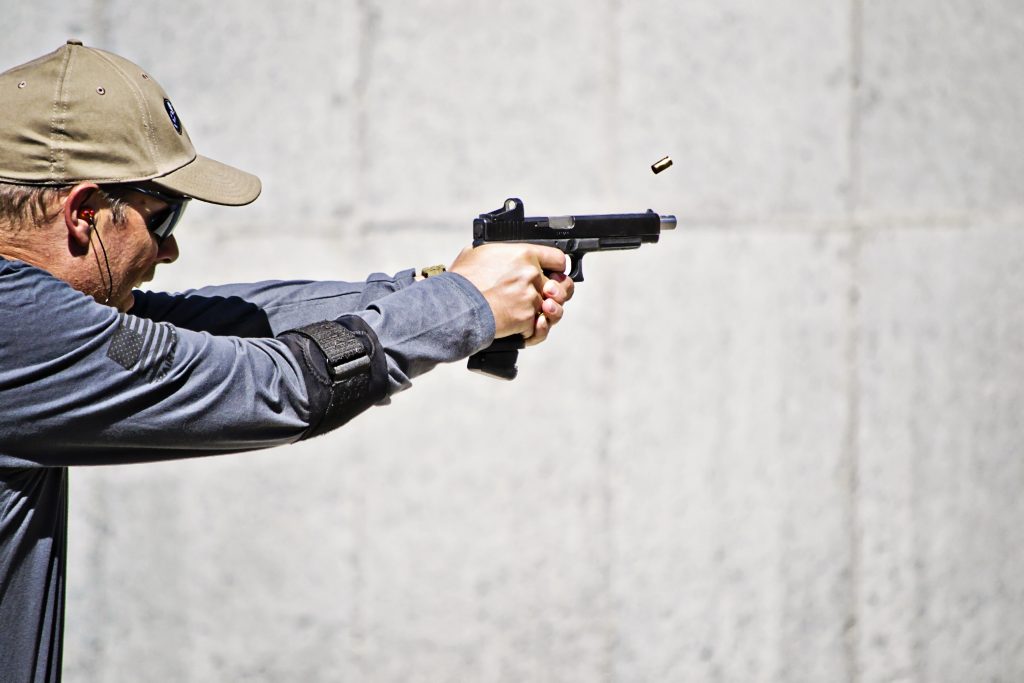
By George Harris Much has been written about precision shooting in the world of combat skill development and pistol shooting in general. Perspectives and definitions of how and why we hit the intended target vary so greatly that two people involved in a heated discussion regarding precision shooting may be very parallel in their thinking, […]
Action Target Celebrates 20 Years with Thunder Ranch

Since it was founded in 1986, Action Target has had the pleasure of working with some of the greatest innovators in the industry from mechanical engineers to world-renowned law enforcement trainers. Each has left a unique impression and, in some cases, has even shaped the future of the company. One man who has played a […]
Panteao Productions Names Action Target Its Official Target Provider
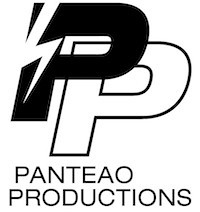
PROVO, Utah – March 7, 2013 – Panteao Productions announced that Action Target is now the video production company’s official target provider. Beginning immediately, all videos featuring firearms training on steel targets will exclusively feature Action Target products. As the industry leader in instructional firearms videos, Panteao Productions needed a dependable target that could hold […]